
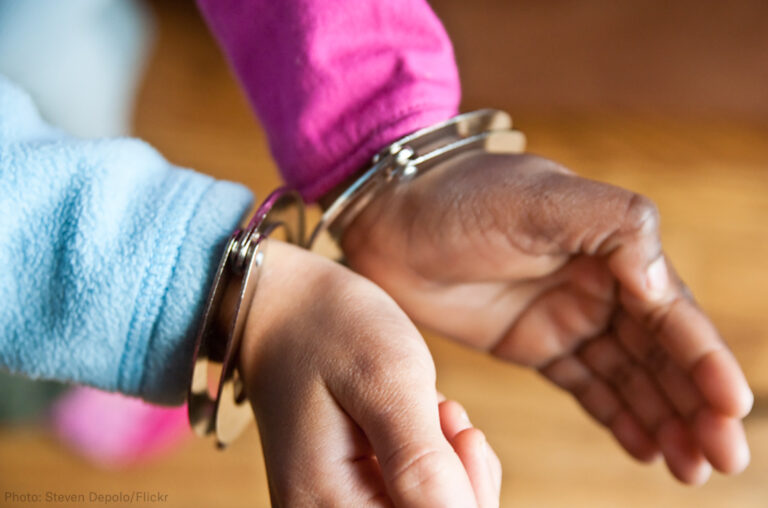
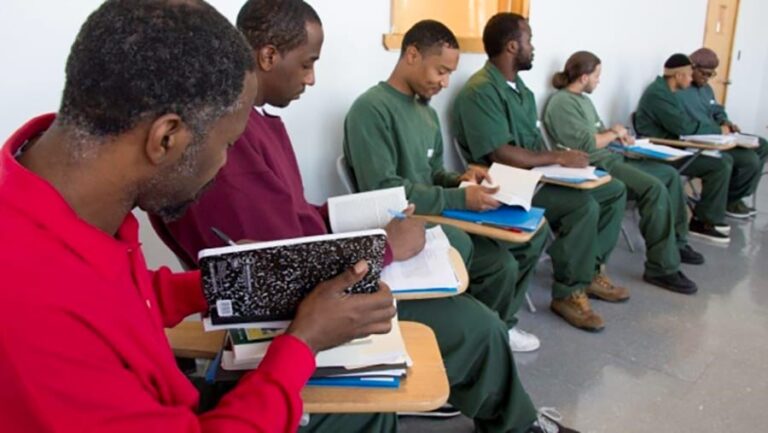


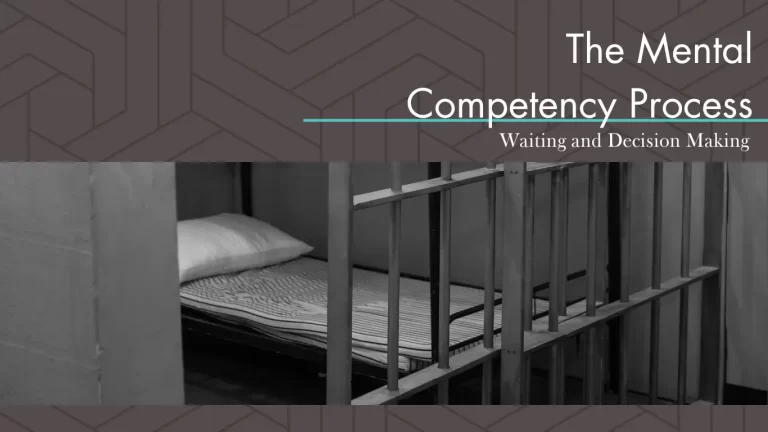
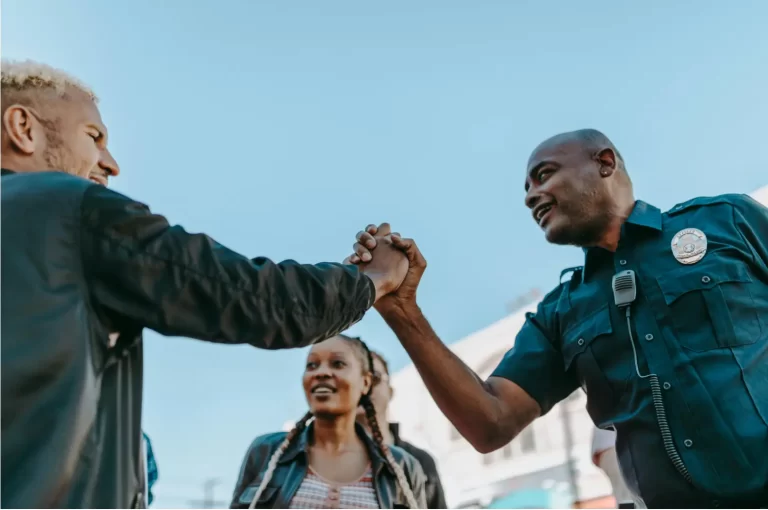

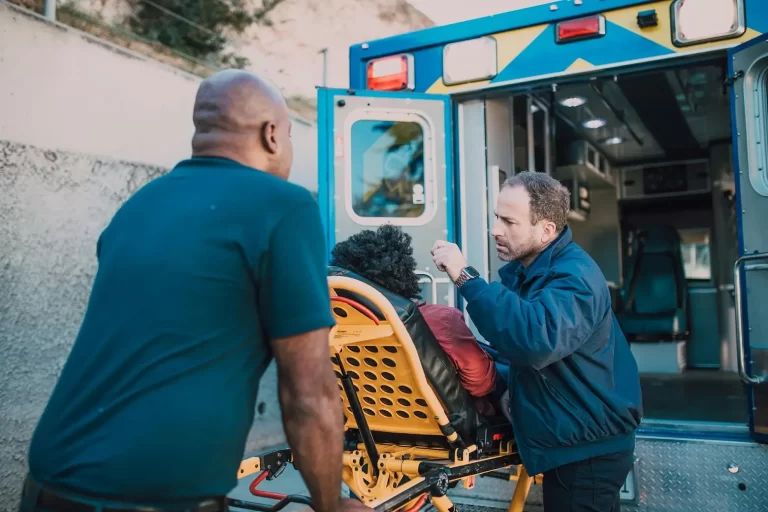





Every month we send out a newsletter to inform you about developments at Impartial. Our “news” comes from volunteers, our Board, our partners, our staff, our members and more. It’s free. No spam.
All donations to Impartial are fully tax-deductible as allowed by Law